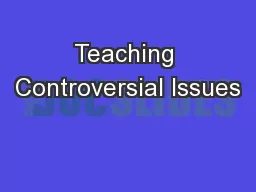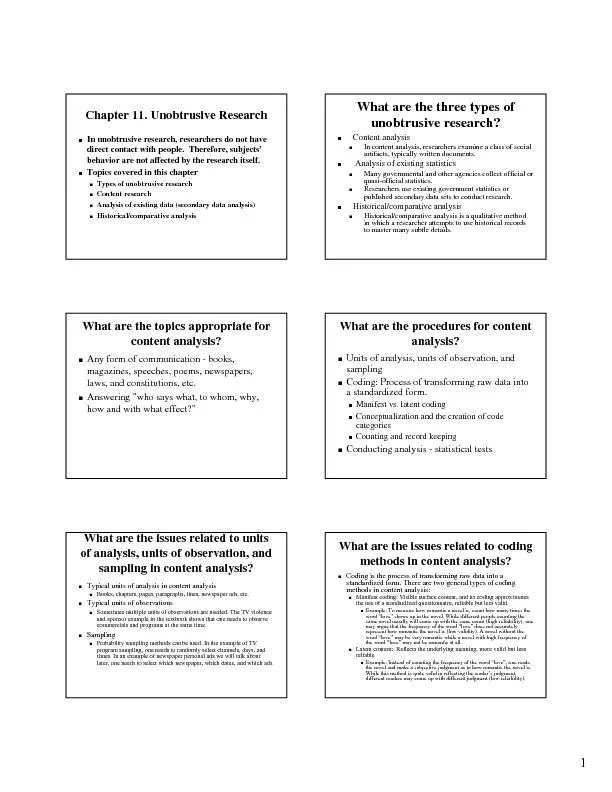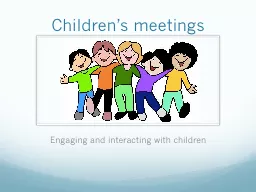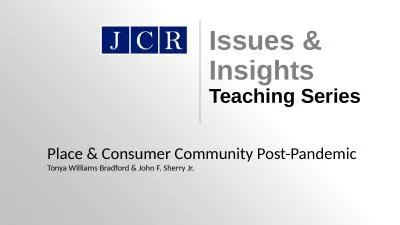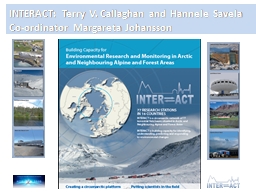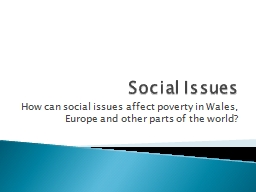PPT-How do these issues interact?
Author : alexa-scheidler | Published Date : 2016-05-09
Equity Issues in Geography Racism Sexism Classism Homophobia Four main areas of Discussion There exists a dialogue about how racism pervades in geography whether
Presentation Embed Code
Download Presentation
Download Presentation The PPT/PDF document "How do these issues interact?" is the property of its rightful owner. Permission is granted to download and print the materials on this website for personal, non-commercial use only, and to display it on your personal computer provided you do not modify the materials and that you retain all copyright notices contained in the materials. By downloading content from our website, you accept the terms of this agreement.
How do these issues interact?: Transcript
Download Rules Of Document
"How do these issues interact?"The content belongs to its owner. You may download and print it for personal use, without modification, and keep all copyright notices. By downloading, you agree to these terms.
Related Documents


